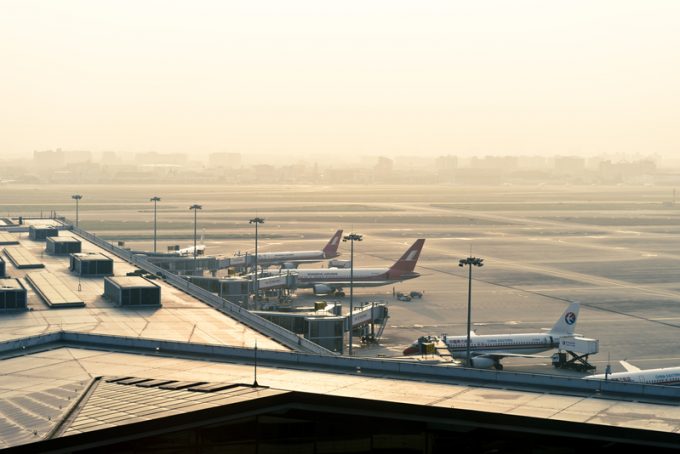Snapshot: Shanghai, my oh my, Shanghai
It’s not over until it’s over

Shanghai plans to develop its domestic airport into a major international hub – but insists it won’t “fall into vicious competition” with Shanghai Pudong International (PVG), the country’s biggest air cargo gateway.
This month, the Shanghai municipal government published a blueprint to develop Hongqiao International Airport ...

Comment on this article